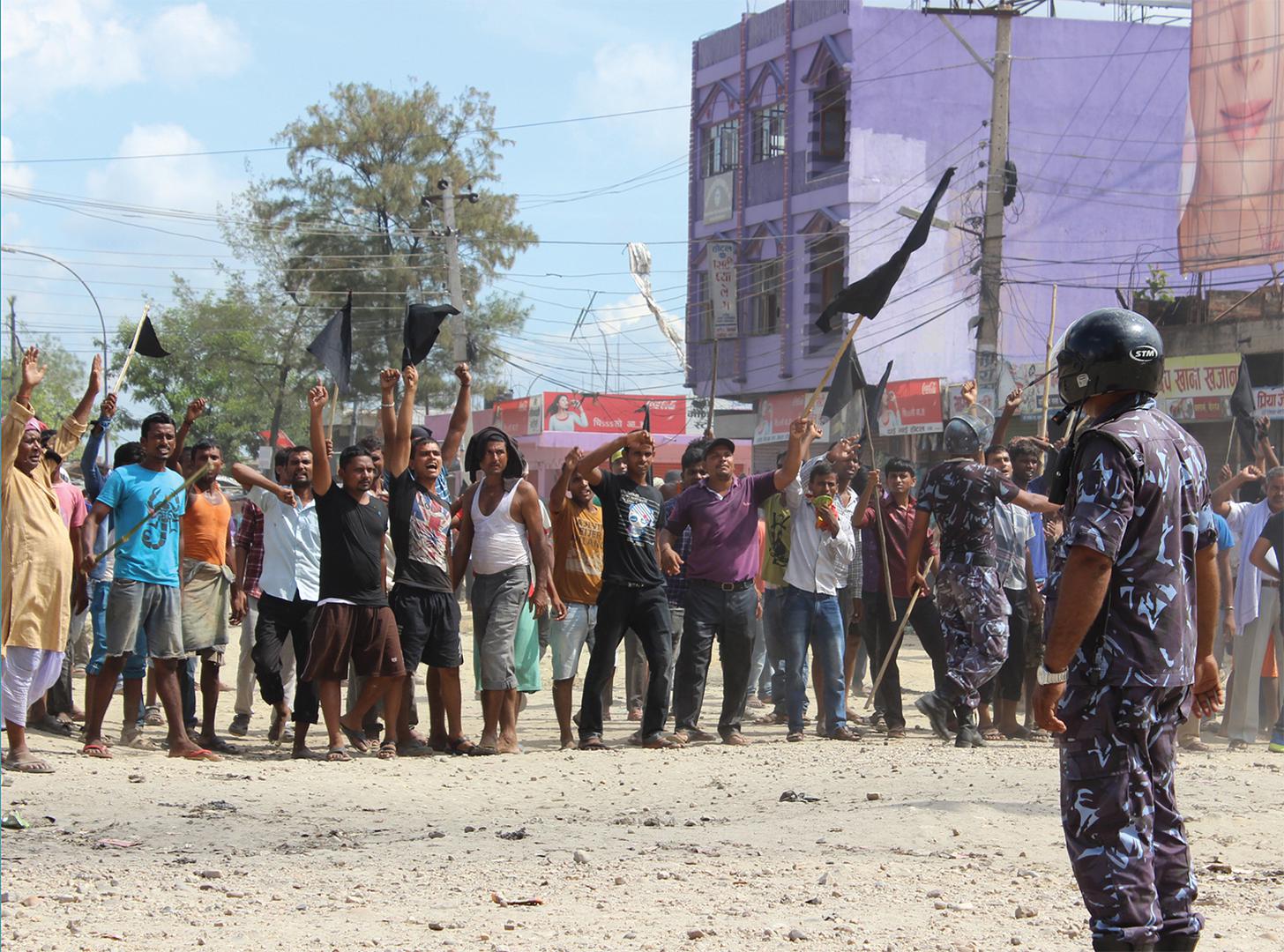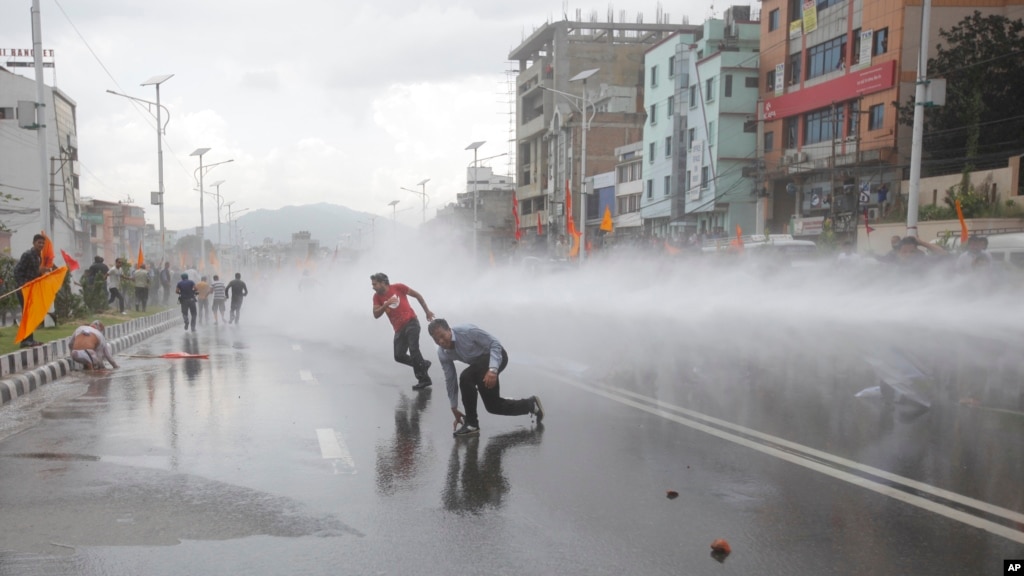By Christine Khamis
Impunity Watch Reporter, Asia
KATHMANDU, Nepal –
Human Rights Watch has released a report on the human rights violations that occurred during protests this year in the Terai region of Nepal. The report calls for Nepali authorities to investigate the abuses and to bring those responsible for the abuses to justice.
The Human Rights Watch report, entitled “‘Like We Are Not Nepali’: Protest and Police Crackdown in the Terai Region of Nepal”, highlights Human Rights Watch’s investigation into the killings of 25 people, including 16 civilians and 9 police officers.
At least 45 people were killed during protests from August to September 2015. Among the atrocities committed were extrajudicial killings of protesters by police, killings of children, and the killings of police officers at the hands of protesters.

While investigating abuses in Nepal, Human Rights Watch visited five districts in Nepal and recorded eyewitness accounts of police abuses and violence by protesters. Human Rights Watch did not find any evidence indicating that any of those killed were posing a threat at the time of their deaths.
Police abuses included invading homes to beat occupants, beating innocent bystanders, killing non-violent protesters, using racial insults, and making death threats against civilians. Two eyewitnesses saw a police officer open fire into a hospital. In another eyewitness account, a 14 year-old protestor was shot in the face by police while an officer stood on his legs. Doctors’ reports from the examination of his body corroborated the account of how the boy died.
Section 8, article 58(3) of Nepal’s Armed Police Force regulation allows police officers to use “necessary or final force in order to defend self, maintain law and order, and to arrest the attacker” if they are attacked or obstructed from their duties. Nepal’s Home Ministry denies that police have used excessive and unnecessary force and states that the Human Rights Report was prepared in a biased manner.

Protesters have also grown violent. In one instance, protesters in Tikapur, a city in western Nepal, beat eight police officers to death with spears and sticks spiked with nails.
There are ongoing protests in Nepal led by ethnic groups, primarily the Tharus and Madhesis, who are unhappy with Nepal’s new constitution. After years of political stalemate, Nepal’s political parties agreed on a constitution, which was ratified in September 2015. Ethnic minority groups such as the Tharus and Madhesis then began to protest against the constitution because they believe that it abrogates previous agreements made with their communities and delineated federal provinces that do not afford them adequate representation as citizens.
Power in Nepal is concentrated in the Pahadi, a group populating the Himalayas and the surrounding areas. The Madhesis and Tharus make up about a third of Nepal’s population, and they generally possess less wealth and education that the Pahadis.
Khadga Prasad Sharma Oli became Nepal’s new prime minister on October 12, replacing Sushil Koirala. Brad Adams, the Asia director for Human Rights Watch, has stated that “Nepal’s new leadership should take immediate steps to stem the tide of abuse that has overtaken Nepal…the government needs to order investigations, and publicly call on all security forces to desist from any excessive use of force.”
For more information, please see:
Human Rights Watch – ‘Like We Are Not Nepali’: Protest and Police Crackdown in the Terai Region of Nepal – 16 October 2015
Human Rights Watch – Nepal: Investigate Deaths During Terai Protests – 16 October 2015
The New York Times – Report on Nepal Protests Details Grisly Violence – 16 October 2015
Voice of America – HRW: Nepal Must Investigate Constitution Protests Killings – 16 October 2015